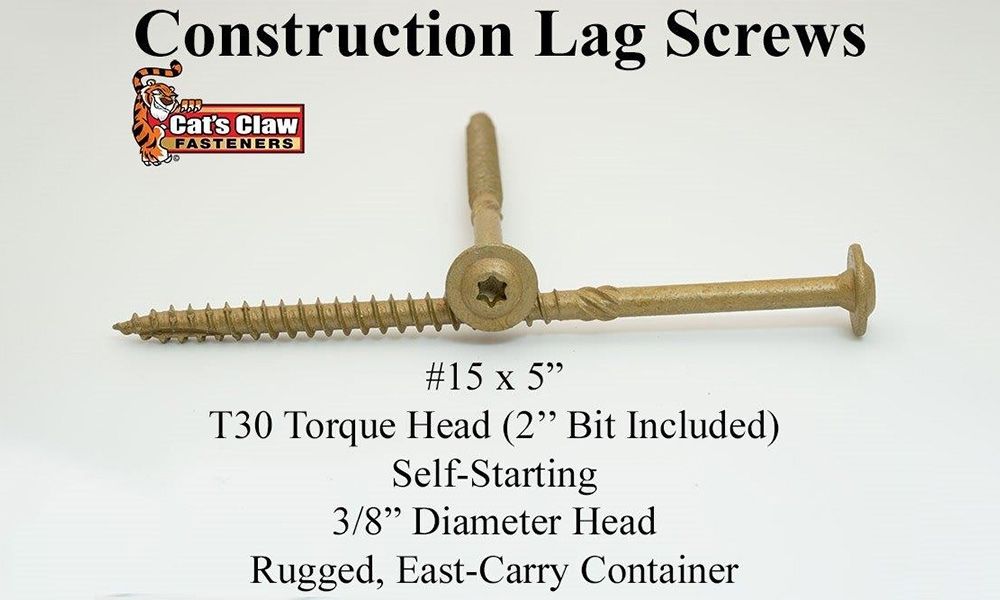Howdy, Cat’s Claw Cowboy here! In this blog I will discuss the reasons why H braces fail, which was the original topic, and I’ll also discuss why H braces are the most reliable and sturdy brace.
There are several reasons why a traditional H brace could fail: inferior material, inadequate material, misconstrued.
Inferior material is a huge determining factor in why an H brace fails. When choosing material, it needs to be specifically treated wood or steel, and it needs to match the material with the soil type. Common mistakes include using untreated or poorly treated wood posts, which rot in a very short period of time. Also in my country, we have gumbo and alkali that are very basic in composition and will eat a T-shirt off in a couple years. Steel would not be a good selection in those places. The largest mistake is using a wooden cross member or brace stick. Wood weathers and, being horizontal, holds moisture, therefore rotting faster. A wooden brace stick is always the first thing to fail and fall out of an H brace. Steel should be used for a brace stick, but it needs to have enough rigidity to withstand the compression factor. I personally like using well pipes.
Inadequate material can play a role in an H brace failing. A lot of fencing is basic physics and recognizing where there is tension and balancing it out to keep a fence upright. All the tension is above ground; therefore, there has to be adequate material in the ground to offset it. The holding power of the ground has a lot to do with the surface area of the material underground pushing against the soil. In basic terms, the smaller the material, the deeper it must go in the ground to have comparable holding power. If you wanted to get technical, it could become a mathematical equation, aka physics. When building H braces, I like to have more posts in the ground than what’s sticking out to balance the forces. For example, my barb wire fences are 46-48″ tall; therefore, when using railroad ties, my post is 48″+ in the ground and tamped solid. When using oilfield pipe, I have 52″ or more in the ground, and the soil isn’t disturbed. Another mistake is using a too-short brace stick. If your posts are too close together, it’s easier to pull the brace over. On the flip side, if the brace is too long, the brace stick won’t have enough rigidity to handle the compressive forces. Once again, this points back to basic physics. I like a brace that is roughly 8–9 feet long.
Now that we have discussed inferior and inadequate material, we can talk about construction and common mistakes that can cause an H brace to fail. We go back to talking physics. It’s proven that a triangle is one of the strongest shapes. In a correctly built H-brace, it has two triangles, maximizing its rigidity and strength. The wires have tension on the corner post from top to bottom; therefore, the brace stick needs to be placed in the center of the post to divide the pressure, hence the name “H” brace. I like it placed between the heights of my 2nd and 3rd wire on a 4 strand fence. If the brace stick is placed too low, it doesn’t support the top of the post, allowing it to pull in the direction of the fence. If it’s placed too high, then the brace wire that creates the triangles doesn’t have maximum holding power, and sometimes only one triangle is created. Lastly, if the brace wire is not placed correctly, it will cause the H brace to fail. A correctly placed brace wire is attached to the bottom of the corner post (where post wires are wrapped) and attached at the top of the brace post (for bracing the corner post straight). Using claw fasteners to hold the wires in place reduces the risk of the brace wire slipping and falling down, causing the brace to fail.

We’ve solved the reasons why an H brace can fail, and now I’ll discuss why an angle brace has no chance at lasting. Basic physics proves they fail. The first reason is that the ground is always moving and shifting, so it cannot be a reliable leg of a triangle. The most obvious reason is that it creates a basic lever. As the wires put tension on the corner post, it is jacked out of the ground due to the location and angle of the brace stick. The laws of physics cannot be ignored, even when building fences.
I really hope that you gained some new knowledge from reading this blog post, and that you now have a better understanding of H braces.
For any additional inquiries, the team here at Cat’s Claw Fasteners is here to assist you! Feel free to email your questions to our Head Cat Collector, Ralph, at
ra***@ca***************.com
. And, for more informative content, be sure to read our other blogs and follow us on Facebook, Instagram, Pinterest, and Youtube!
Read Next: Steel Gate Opening Frame Kit







